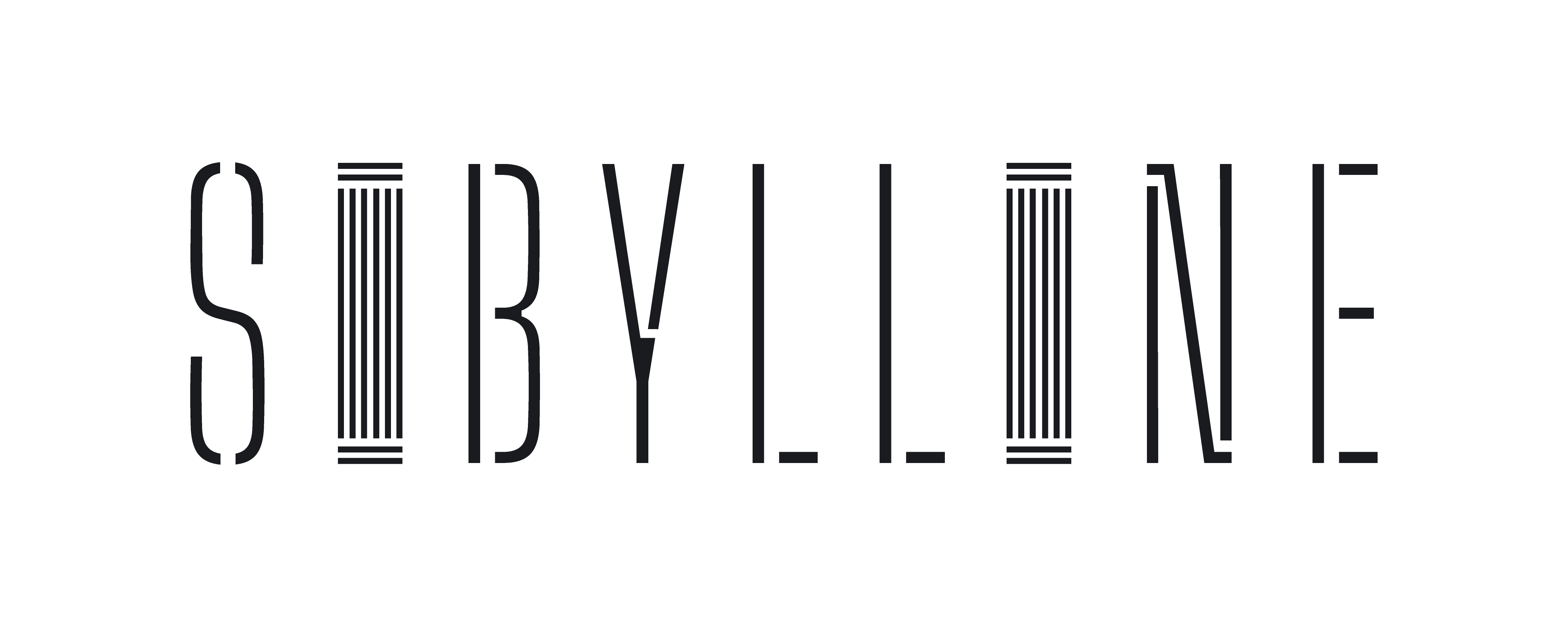The Missing Tokenization Revolution

The current state of Real World Asset (RWA) tokenization is, to be frank, an exercise incredibly uninspired. While the sector congratulates itself on bringing treasury bonds on-chain and democratising access to venture capital, it has fundamentally failed to grasp the transformative potential of the technology it claims to champion.
The Uninspired Status Quo
Most RWA and tokenisation projects today are focused on a painfully pedestrian goal: taking existing assets and wrapping them in a blockchain wrapper for easier consumption. Yes, this is a necessary first step, and yes, someone has to do it. But the sheer lack of imagination is staggering.
Consider the audacity of companies declaring they're making US Treasury bonds "more liquid" by bringing them on-chain. Treasury bonds. The same instruments that Circle, a company whose entire business model consists of holding dollars for USDC, keeps the majority of its reserves in precisely because they can be liquidated instantly. The same treasuries that are literally considered the benchmark for liquidity in traditional finance. If this is innovation, then we've set the bar embarrassingly low.
The slightly more adventurous projects are attempting to democratise access to traditionally exclusive financial instruments – venture capital, private equity, certain types of commercial real estate that retail investors could never access unless they took the plunge themselves. These efforts, while commendable steps in the right direction, still represent incomplete and uninspired thinking about the true power of asset tokenisation.
The Paperwork Behemoths
For all its flaws and obvious inefficiencies compared to programmatic tokenisation, Wall Street has proven remarkably adept at one thing: where there's a market to be created, the traditional financial powers will find it, create it, and pump irresponsible amounts of leverage through it if given half a chance.
But these lumbering paperwork beasts recognise themselves for what they are. Every gravy train requires its corresponding paper train, a bureaucratic apparatus that has become its own economy. When operating at scale, you inevitably lose the nuance found in smaller, specialised niches, but the economies of operational efficiency make that trade worthwhile.
This paper trail has spawned its own ecosystem of beneficiaries. Few outside the industry truly understand that mortgages are a manufactured product specifically designed to service this paper train. Let that sink in for a moment: mortgages are a manufactured product, created not out of fundamental necessity but to feed a bureaucratic machine.
The Real Revolution
This mortgage example is but one of many, yet it represents the anchor point of inspiration for where tokenisation should be heading. I am far more interested in discovering and creating RWAs that exist exclusively because of the unique powers that being on-chain brings – assets that simply could not exist under our traditional financial model.
We began orbiting this thesis a year ago when discussing the benefits of tokenisation for tackling commercial contract and investment contract law. We still stand by that thesis, and indeed Sibylline is proud of the work it has supported in delivering against it. But that thesis always felt incomplete, lacking a final evolutionary step.
De-risking major capital investment is powerful, certainly, but it's still the same working capital that was always under discussion and, in some manner, allocated in this fashion – particularly when the underlying asset is a commodity routinely extracted at scale. What truly excites me is developing and exploring asset classes that literally would not exist without the developments being made in tokenisation.
Let me be crystal clear here for the on-chain native readers: I am not talking about re-staking or other "liquid staking tokens" that exist purely because of the evolving on-chain economy. I am specifically discussing what we would traditionally consider financial instruments that, due to a myriad of reasons, simply could never exist under our traditional financial model. The evolving landscape of liquid staking and re-staking deserves its own thesis, which is forthcoming, so we shall table that discussion for now.
The Unserved Markets
The question that keeps me up at night is this: what markets are large enough to warrant servicing but remain unserved by the paperwork behemoths that are traditional institutions? These gaps exist because markets are too fragmented, because they can't be properly modelled, or because of some third, more esoteric reason that makes them invisible or unpalatable to traditional finance.
These pockets are either entirely unserved or, if they are served, dominated by niche players that hold complete monopolies and market power. It is RWAs that attack these spaces that I find genuinely compelling.
Beyond Digitisation: Creating New Possibilities
To understand what genuine innovation in the RWA space looks like, consider how tokenisation can create entirely new financial instruments rather than merely digitising existing ones. The Bizzed Protocol exemplifies this approach by addressing a fundamental market failure: the disconnect between local market knowledge and institutional capital deployment.
Traditional finance has systematically underserved certain markets not because they lack value, but because the paperwork machinery cannot efficiently process them. When community stakeholders possess intimate knowledge of a business but lack capital, while institutional investors have capital but lack ground-truth validation, a gap emerges that traditional structures cannot bridge. This is where tokenisation creates something genuinely new – not by wrapping existing assets, but by enabling capital structures that leverage blockchain's unique properties to solve previously intractable problems.
The innovation lies not in putting something on-chain, but in using blockchain's capabilities to create governance structures through technology rather than legal mechanisms, to enable transparency without bureaucracy, and to align incentives in ways that paper-based systems simply cannot achieve. This is tokenisation as financial innovation, not financial digitisation.
The Technology as Enabler, Not Focus
What separates genuine innovation from tokenisation theatre is understanding that blockchain is the enabler, not the story. Most RWA projects fail because they start with the technology – "let's put X on the blockchain" – rather than identifying genuine market failures that blockchain's unique properties can address.
True innovation emerges when we identify markets that traditional finance cannot serve efficiently and use tokenisation to create new instruments that address these gaps. The technology should fade into the background, serving the financial innovation rather than becoming the focal point. When projects lead with "blockchain-enabled" rather than the actual problem they solve, they've already lost the plot.
The Inevitable and the Revolutionary
Tokenisation of almost every traditional asset will happen eventually – the market is arriving whether we're ready or not. But without a seriously powerful moat, the large institutions will be the ones to capture this particular gravy train as well. The crypto industry's failure to self-regulate means it must now play in the same league as traditional finance, and TradFi has significantly more experience at this game.
This isn't to say the space won't accomplish incredible things, but it needs to be pragmatic about the landscape it operates in. The massive M&A activity we're witnessing – mature crypto institutions being acquired by traditional finance players – is evidence of this change. I've come to view this as simply the natural technological evolution of major capital markets, analogous to the transition from pink sheets to Bloomberg terminals.
But this is precisely why we must look beyond simply tokenising existing assets. I want to explore and discover what only works because of tokenisation's unique abilities to create, manage, and sustain assets. What could never be done before? What new forms of value can we create that were previously impossible?
The Path Forward
The future of RWA tokenisation lies not in making treasury bonds marginally more accessible or creating yet another wrapper for existing assets. It lies in identifying markets that traditional finance cannot or will not serve, and using tokenisation's unique properties to create entirely new financial instruments that address these gaps.
On this thesis, we have identified a series of portfolio companies that truly understand this distinction. These are the pioneers who recognise that the real revolution lies in creating entirely new asset classes that leverage the unique properties of blockchain technology. They understand that tokenisation enables fundamentally new forms of value creation, not just more efficient ways of doing what we've always done.
The sector stands at a crossroads. It can continue down the path of uninspired digitisation, competing with traditional finance on their terms and inevitably losing. Or it can embrace genuine innovation, creating new markets and new instruments that could never exist without blockchain technology. The choice should be obvious, yet somehow, most of the industry continues to choose the former.
It's time for this sector to move beyond its current uninspired iterations and embrace the truly revolutionary potential at its fingertips. Anything less is a failure of imagination and a betrayal of the technology's promise. The revolution isn't in tokenising what exists – it's in creating what couldn't exist before.
